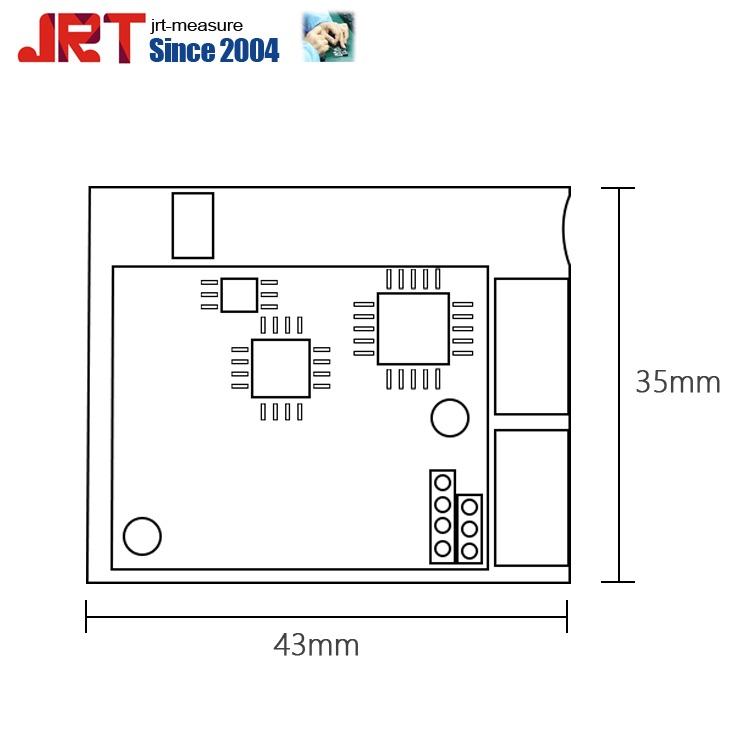During the production of wild geese, meat geese, bred geese and breeding geese often use ground level raising. Brooding is often carried out on the ground. Litter is often used in these processes. The gooseyard litter is mostly sawdust, straw or other straw. The general rule of use is: more pads in winter, less pad or pad in summer, more pads in rainy days, and less pads in sunny weather. At the end of a production cycle, the bedding of the goose droppings and litter mixture was removed. There are several ways to handle the mixture: A mixture of pit stock and litter for pit storage or stockpiling can be "silaged" separately. In order for the fermentation to work well, the water content of the mixture should be adjusted to 40%. In the 4th to 8th day of storage of the mixture, the temperature of the heap reaches the highest peak, which can kill a variety of pathogenic bacteria. After several days of storage, the temperature of the heap gradually falls and the temperature is balanced. After the storage or storage, the mixture of goose droppings and litter can be fed to ruminants such as cattle and sheep. When direct burning is used to raise the grass, due to the long interval of cleaning, as long as the interior is well ventilated and the drinking fountain is not leaking, the collected gobi padding is relatively dry. If the moisture content of the gobi padding mixture is below 30%, it can be directly used as fuel. It has been estimated that a large-scale geese farm can reasonably meet the thermal energy needs of the field if it can reasonably and fully use the geese litter mat mixture produced by the site as fuel. Of course, the direct combustion of the goose dropping dune mixture requires special burners, so a certain amount of investment is required in advance. If there is an outbreak of an infectious disease in the geese farm, litter must be treated by burning. Biogas production uses fecal litter mixtures as raw materials for biogas. Because it already contains more grasses (mainly some plant tissues), carbon and nitrogen are suitable, and it is very convenient to use as biogas feedstocks. Directly returned to the field as a fertilizer, sawdust, straw or other straw can be returned to the field directly before use.
Long distance LiDAR sensor series are particularly easy to communication thanks to their fixed connector, which can be plugged it up and off by yourself. Voltage is wider from 8v before to 36v. Low power consumption feature makes it beceome a very competitive, high performance-price ratio, long range Laser Distance Sensor.
Highlights:
> Measurement frequency: 400 Hz (Max 60m 3000Hz)
Parameters:
Accuracy
±10cm(<50m) /±1%(>50m)*
Measuring Unit
cm
Measuring Range (without Reflection)
0.1-200m
Interface options
Serial/usb/rs232/rs485/bluetooth
Measuring Frequency
400 Hz
Laser Class
Class I
Laser Type
905nm
Weight
About 20g
VInput Voltage
8V-36V
Resolution
1cm
Size
43*35*21mm
Operating Temperature
-15℃~50℃
Storage Temperature
-40℃~85℃
Chengdu JRT Main Ranging Modules: Industrial Laser Distance Sensors, Laser Rangefinder Sensor, Tof LiDAR Sensors.
Speed Laser Sensor,Long Range Lidar,Long Range 3D Lidar,Long Range Radar Sensor Chengdu JRT Meter Technology Co., Ltd , https://www.rangesensors.com
> Long range: 200m
> High temperatures: -10~+50℃
> UART output
> Connector design: easy to use
